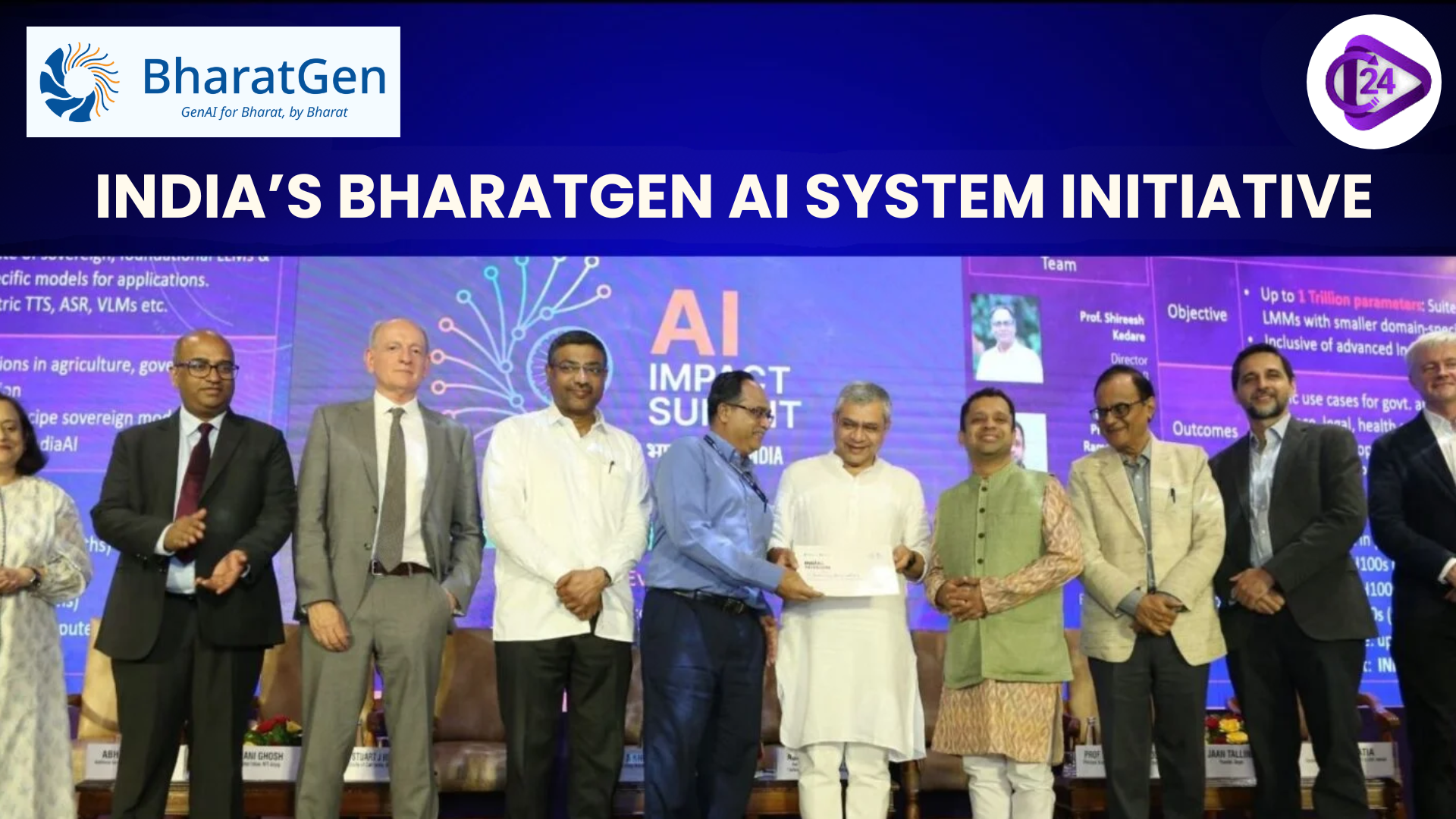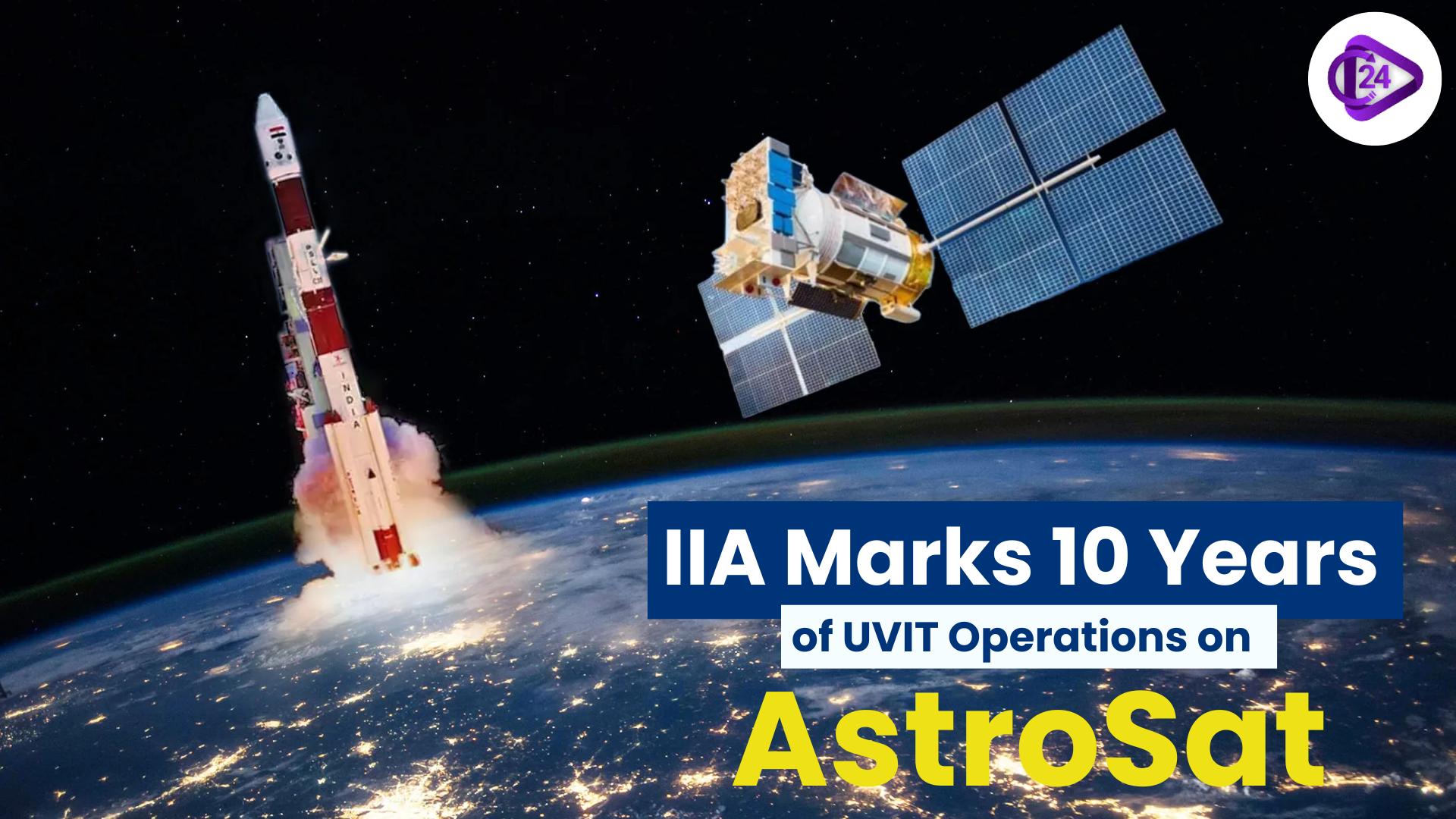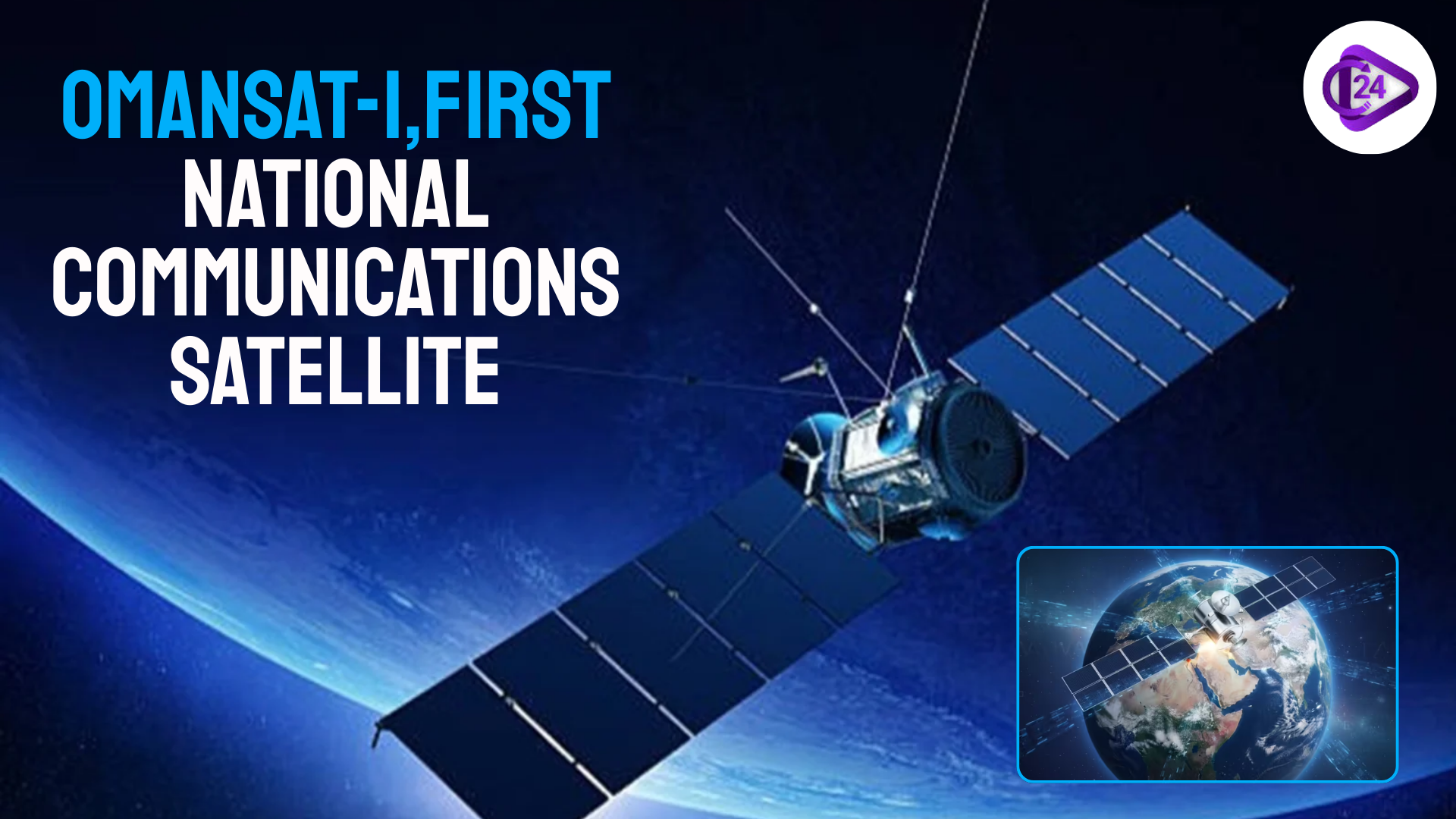
Maharashtra is the Indian state that has signed an agreement to partner with Starlink to boost internet connectivity in rural and remote areas via satellite. The partnership will have the aim of extending high-speed broadband to underserved regions, which will put central to the reach of digital inclusion and better access to e-governance, educational, and healthcare services. In this partnership, the high-tech satellite solution of Starlink will be used to achieve the vision of Maharashtra to narrow the digital divide and promote inclusive development. The project will start with pilot projects in such districts as Gadchiroli, Nandurbar, Washim, and Dharashiv that will provide a dependable connection of government institutions and communities with the most difficult locations.
Digital Maharashtra Boost with Starlink
-
Maharashtra is the first Indian state to join hands with Starlink Satellite Communications Pvt Ltd in enhancing its Digital Maharashtra programme.
-
The mission of the partnership will focus on providing high-speed satellite internet to the remote and rural regions, to provide all people with digital access.
-
The technology of low-earth-orbit satellites at Starlink will link government offices, tribal schools, medical centres, and coastlines.
-
The first district covered by the project will include Gadchiroli, Nandurbar, Washim, and Dharashiv.
-
This programme is also complementary to the state activities in the areas of electric mobility, coastal development, and disaster management.
-
The partnership is one giant move towards an inclusive digital development in Maharashtra.
Highlights about Starlink
-
Founded: 2015 by SpaceX, which is led by Elon Musk.
-
Located in Hawthorne, California, USA.
-
Mission: Provide high-speed, low-latency satellite internet.
-
Launch Year: 2020
-
Originally Adopted By: United States.
-
Global Presence: 70+ countries, India being one of them.
-
Aim: Close the digital divide in the world.
Conclusion
The decision by Maharashtra to partner with Starlink by Elon Musk is one of the significant milestones in the digital transformation process of India. Being the first state to embrace the use of satellite-based internet services, it is set to enable rural and remote areas with higher speed of connectivity, inclusivity in growth, and the broadening of digital infrastructure to facilitate education, healthcare, and accessibility of governance.



 Google’s Project Suncatcher Aims to Scale AI Data Centres in Space
Google’s Project Suncatcher Aims to Scale AI Data Centres in Space India's First Hydrogen-Powered Train Coach Successfully Tested at ICF Chennai
India's First Hydrogen-Powered Train Coach Successfully Tested at ICF Chennai India’s BharatGen AI System Initiative
India’s BharatGen AI System Initiative IIA Marks 10 Years of UVIT Operations on AstroSat
IIA Marks 10 Years of UVIT Operations on AstroSat PM Modi to Launch Skyroot’s Multi-Launch Vehicle Facility
PM Modi to Launch Skyroot’s Multi-Launch Vehicle Facility OmanSat-1 Oman’s First National Communications Satellite Launched Successfully
OmanSat-1 Oman’s First National Communications Satellite Launched Successfully India’s First Commercial PSLV to Propel Oceansat into Orbit Early Next Year
India’s First Commercial PSLV to Propel Oceansat into Orbit Early Next Year India’s First MWh-Scale Vanadium Redox Flow Battery Inaugurated at NTPC NETRA
India’s First MWh-Scale Vanadium Redox Flow Battery Inaugurated at NTPC NETRA ISRO’s Bahubali Rocket Successfully Launches India’s Heaviest Communication Satellite CMS-03
ISRO’s Bahubali Rocket Successfully Launches India’s Heaviest Communication Satellite CMS-03






